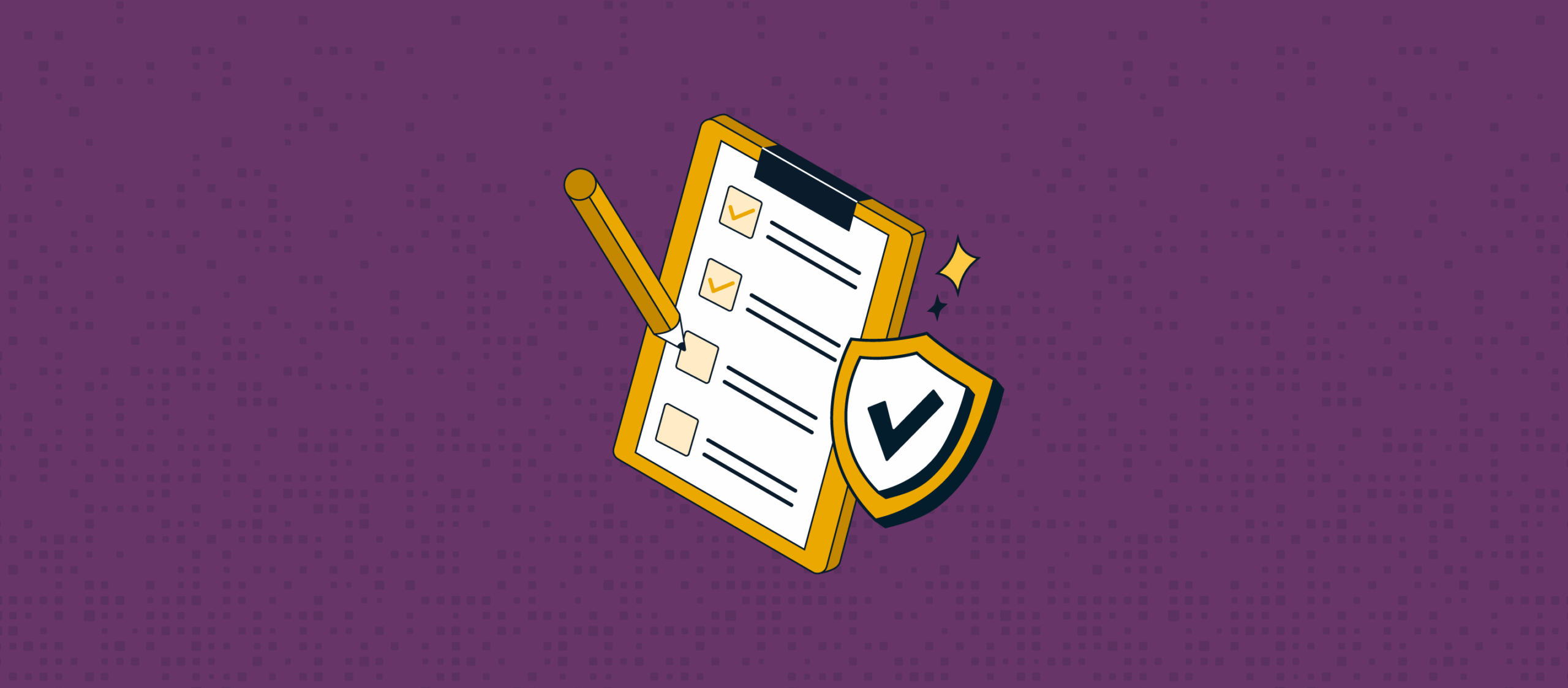
SOC 2 is a leading compliance framework for technology and cloud-based service providers, designed to prove an organization’s commitment to securing customer data.
Introduced by the AICPA, it focuses on five Trust Services Criteria—Security, Availability, Processing Integrity, Confidentiality, and Privacy—evaluated during an independent audit.
While not legally required, SOC 2 has become a market expectation, especially for SaaS providers and MSPs, helping win client trust, reduce breach risks, and stay competitive in 2025.
In a world where data breaches and cyberattacks dominate headlines, customers increasingly ask MSPs one important question: Can we trust you with our data?
For service organizations, especially those in the cloud, SaaS, or IT industries, proving that trust often begins with achieving SOC 2 compliance.
But what is SOC 2, and why is it so important?
SOC 2 was introduced by the AICPA in 2010 to provide a modern compliance framework focused on cloud-based services and data security. It evolved from earlier SOC and SAS 70 standards, with a sharper focus on privacy, availability, and confidentiality in today’s interconnected world.
Over time, SOC 2 has become one of the most recognized and requested certifications for B2B service providers.
This guide will walk you through the essentials of SOC 2 in 2025: what it is, who needs it, how audits work, and what it means for your MSP.
SOC 2 stands for System and Organization Controls 2. It was developed by the American Institute of Certified Public Accountants (AICPA) to provide a standardized way for organizations to demonstrate their commitment to securing customer data.
Unlike prescriptive compliance frameworks like PCI DSS or HIPAA, SOC 2 is a flexible and customizable set of controls based on your business model and how you handle data. It’s especially relevant for technology and cloud-based service providers.
We live in an era of near-constant data exposure.
According to IBM’s 2025 Cost of a Data Breach Report, the average cost of a data breach was $4.44 million. The majority of breaches, 53%, involved customers’ personally identifiable information (PII).
A single breach can cost millions—not just in fines or legal fees, but in lost customers and damaged reputation.
SOC 2 reduces that risk while signaling to your customers that you’re serious about data protection. For many SaaS providers and MSPs, a SOC 2 report has become a critical competitive differentiator and sales enabler.
SOC 2 compliance means that your organization has established and follows strict information security policies and procedures that meet the five Trust Services Criteria:
During a SOC 2 audit, an independent CPA firm evaluates how well your internal controls meet one or more of these criteria.
Note: Every SOC 2 audit must include the Security criterion, while the others are optional depending on your service offerings.
A SOC 2 audit is conducted by an independent CPA who is authorized to assess your organization’s security controls.
Here’s what the process generally includes:
The result is a detailed SOC 2 report, which outlines the auditor’s findings. This report can be shared with clients or prospects to demonstrate your compliance status.
There are two types of SOC 2 reports, and the difference comes down to timing and depth:
If you’re just starting out and need a fast report, a Type I might suffice. But increasingly, customers are demanding Type II reports for better assurance.
Pro tip: If you’ll eventually need a Type II report, it’s often more cost-effective and credible to start there.
Any service organization that stores, processes, or transmits customer data should consider SOC 2 compliance. This includes:
Customers increasingly expect a SOC 2 report before doing business, especially enterprise clients. In many industries, SOC 2 is no longer a “nice-to-have,” it’s a requirement to win deals or move upmarket.
If you’re researching SOC reports, you’ll likely run into three flavors:
For most SaaS and IT organizations, SOC 2 is the standard you need.
Unlike frameworks with a fixed control list (like PCI DSS), SOC 2 lets you design your own controls, as long as they map to the Trust Services Criteria.
That means you’ll need to implement and document:
The flexibility is great, but it also means you need strong documentation and an audit-ready posture.
SOC 2 is not a legal requirement, unlike HIPAA or GDPR. But in practice, it may feel mandatory, especially when:
In that sense, SOC 2 is often required by the market, even if it’s not enforced by law.
SOC 2 is more than a checkbox, it’s a framework that builds trust, transparency, and resilience. In 2025, as cyberattacks grow more sophisticated and customers demand greater accountability, SOC 2 compliance sends a clear signal:
We take your data seriously.
Whether you’re preparing for your first audit or looking to renew an existing SOC 2 report, now is the time to invest in strong, sustainable security practices. It’s not just about passing an audit,it’s about protecting your business for the long haul.That’s where ScalePad’s ControlMap comes in. Our platform streamlines the entire SOC 2 process—from evidence collection to continuous monitoring—so you can move faster, stay compliant, and build long-term trust with your clients.